Home>Construction & Tools>Building Materials>What Are Weep Holes In Brick For
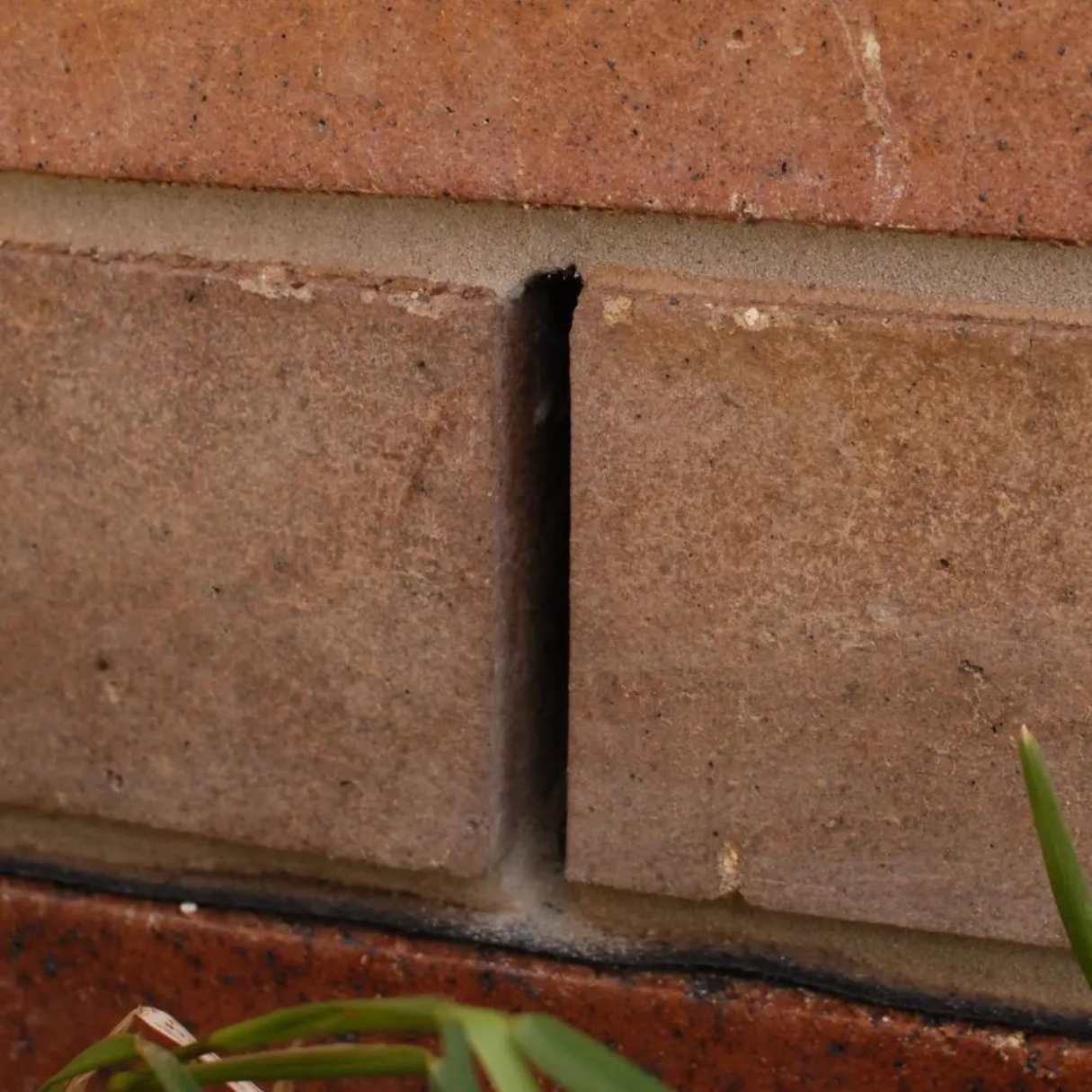

Building Materials
What Are Weep Holes In Brick For
Modified: January 24, 2024
Learn the purpose of weep holes in brick walls and their importance in preventing moisture buildup. Find out how they contribute to the longevity of building materials.
(Many of the links in this article redirect to a specific reviewed product. Your purchase of these products through affiliate links helps to generate commission for Storables.com, at no extra cost. Learn more)
Introduction
Welcome to the world of construction and architecture, where even the smallest details play a crucial role in the longevity and integrity of a structure. In the realm of brick masonry, one such small yet significant component is the weep hole. These unassuming openings serve a vital purpose in safeguarding brick structures against potential damage caused by moisture. Understanding the role of weep holes is essential for anyone involved in the construction or maintenance of brick buildings.
Weep holes are an integral part of brickwork, often overlooked due to their modest size and inconspicuous location. However, their impact on the overall health of a brick structure cannot be overstated. In this article, we will delve into the intricacies of weep holes, exploring their purpose, functionality, and the importance of proper maintenance. Whether you are a homeowner, a building professional, or simply a curious mind eager to expand your knowledge, this exploration of weep holes will shed light on their significance in the world of brick construction.
Key Takeaways:
- Weep holes in brick masonry are small openings that allow water to drain out of walls, preventing damage from moisture buildup. They also promote ventilation, contributing to the longevity of brick structures.
- Regular maintenance of weep holes is crucial to ensure they remain unobstructed and functional. Clearing debris, inspecting inserts, and monitoring flashing help preserve the integrity of brick masonry and prevent moisture-related issues.
Read more: What Is The Weep Hole On A Water Pump For
What Are Weep Holes?
Weep holes are small openings or gaps intentionally left in the mortar joints between bricks or masonry units in a wall. These openings may appear as small round voids or slots and are strategically positioned to allow for the drainage of moisture that accumulates within the wall system. The term “weep” in “weep holes” aptly describes their function, as they provide a means for water to escape or “weep” from the wall, preventing it from causing damage due to prolonged retention.
Typically, weep holes are located near the bottom course of bricks, allowing water to exit the wall at its lowest point. In some cases, weep holes may also be incorporated at higher levels in the wall to facilitate drainage at multiple levels. While the size and spacing of weep holes can vary based on specific design and construction requirements, their fundamental purpose remains consistent across different applications.
These unobtrusive apertures are a fundamental feature in brick masonry, serving as a crucial element in moisture management within the wall assembly. By understanding the role of weep holes, individuals involved in construction and maintenance can appreciate their significance in preserving the structural integrity and appearance of brick buildings.
Purpose of Weep Holes in Brick
The primary purpose of weep holes in brick masonry is to mitigate the potential damage caused by water infiltration and moisture accumulation within the wall system. In regions prone to heavy rainfall or high humidity, the presence of weep holes is essential for preventing water from becoming trapped within the wall, which can lead to a host of detrimental effects.
When water infiltrates the exterior cladding of a building, it can permeate the mortar joints and accumulate within the wall assembly. Without a means of escape, this trapped moisture can exert damaging pressure on the masonry units, leading to efflorescence, spalling, or even structural deterioration over time. Weep holes provide a vital outlet for this moisture, allowing it to drain out of the wall and reducing the risk of long-term damage.
Additionally, weep holes play a crucial role in preventing the buildup of hydrostatic pressure behind the brickwork. By facilitating the drainage of water, they help alleviate the force exerted by waterlogged soil or accumulated rainwater against the foundation and basement walls. This proactive measure can significantly reduce the likelihood of water seepage and related issues within the interior spaces of a building.
Beyond moisture management, weep holes also contribute to the overall ventilation of the wall cavity. By promoting airflow within the masonry assembly, they aid in drying out any residual moisture, thereby enhancing the durability and resilience of the structure. This ventilation aspect is particularly beneficial in humid climates or areas with limited exposure to direct sunlight, where moisture retention within the wall can be more pronounced.
In essence, the purpose of weep holes in brick masonry is multifaceted, encompassing drainage, pressure relief, and ventilation. Their presence is instrumental in safeguarding the structural integrity and aesthetic appeal of brick buildings, making them an indispensable component of effective moisture control strategies.
How Weep Holes Work
Weep holes operate as essential conduits for the management of moisture within brick masonry, employing a simple yet effective mechanism to safeguard the integrity of the wall assembly. When water infiltrates the exterior surface of a building, whether through rainfall or other environmental factors, it can seep into the mortar joints and accumulate within the wall cavity. This trapped moisture poses a significant risk to the structural stability and appearance of the masonry.
Upon encountering weep holes strategically positioned near the base of the wall, the accumulated water is provided with an exit route. Gravity, acting as nature’s guiding force, facilitates the drainage of the moisture through these openings, allowing it to “weep” out of the wall. By enabling the expulsion of water at the lowest point of the masonry, weep holes prevent the buildup of hydrostatic pressure and the associated damage that can result from prolonged moisture retention.
The functionality of weep holes is not limited to drainage alone; they also promote natural ventilation within the wall assembly. As water exits through the weep holes, airflow is encouraged within the cavity, aiding in the evaporation and dissipation of residual moisture. This ventilation process contributes to the overall drying of the wall, reducing the likelihood of mold growth, efflorescence, and other moisture-related issues that can compromise the structural integrity and visual appeal of the brickwork.
Furthermore, weep holes facilitate the equalization of air pressure within the wall cavity, preventing the entrapment of air pockets that could exacerbate moisture retention. This balanced pressure environment, coupled with effective drainage and ventilation, helps to maintain the optimal conditions for preserving the durability and longevity of the masonry.
In summary, weep holes function as integral components of a comprehensive moisture management system within brick masonry. Their ability to facilitate drainage, ventilation, and pressure equalization plays a pivotal role in protecting the structural integrity and aesthetic quality of brick buildings, making them indispensable in the realm of construction and architecture.
Weep holes in brick are small openings that allow water to drain out of the wall, preventing moisture buildup and potential damage. It’s important to keep these holes clear of any obstructions to ensure proper drainage.
Importance of Weep Holes in Brick Structures
The presence of weep holes in brick structures holds immense significance in ensuring the long-term resilience and integrity of the masonry. These unassuming apertures play a pivotal role in mitigating the detrimental effects of moisture infiltration, thereby safeguarding the structural stability, aesthetic appeal, and overall performance of the building.
One of the primary reasons weep holes are crucial lies in their ability to prevent water from becoming trapped within the wall assembly. Without a means of escape, trapped moisture can lead to a range of issues, including efflorescence, spalling, and the degradation of mortar and masonry units. By facilitating the drainage of water, weep holes effectively reduce the risk of these damaging effects, preserving the visual and structural integrity of the brickwork.
Furthermore, weep holes contribute to the prevention of hydrostatic pressure buildup behind the brick facade. By allowing water to drain out of the wall, they help alleviate the force exerted by waterlogged soil or accumulated rainwater against the foundation and basement walls. This proactive measure reduces the risk of water seepage and potential damage to the interior spaces of the building, ensuring a drier and more resilient environment.
Another critical aspect of the importance of weep holes lies in their role in promoting ventilation within the wall cavity. By facilitating airflow and the evaporation of residual moisture, weep holes aid in maintaining optimal conditions for the masonry. This ventilation process reduces the likelihood of mold growth, decay, and other moisture-related issues, thereby prolonging the lifespan of the brick structure.
From a holistic perspective, the presence of weep holes in brick structures reflects a commitment to proactive moisture management and preservation. By addressing the challenges posed by water infiltration and retention, weep holes contribute to the overall durability, appearance, and performance of the masonry, underscoring their indispensable role in the construction and maintenance of brick buildings.
Read more: Why Does A Water Pump Leak Out Of Weep Hole
Common Issues with Weep Holes
While weep holes are designed to serve as vital components in moisture management within brick masonry, several common issues can compromise their effectiveness if left unaddressed. Understanding these potential challenges is essential for ensuring the optimal functionality of weep holes and the long-term integrity of the building envelope.
One prevalent issue associated with weep holes is the obstruction or blockage caused by debris, mortar droppings, or insect activity. Over time, these obstructions can impede the free flow of water through the weep holes, leading to the accumulation of moisture within the wall. Regular inspection and maintenance are critical in preventing and addressing such obstructions, ensuring that the weep holes remain unobstructed and fully functional.
In some cases, weep holes may be improperly located or insufficient in number, limiting their ability to effectively drain water from the wall assembly. This inadequacy can result in localized areas of moisture retention, increasing the risk of deterioration and aesthetic blemishes. Proper design and installation practices, including the correct spacing and positioning of weep holes, are essential in mitigating this issue and optimizing the drainage capacity of the masonry.
Another common issue pertains to the use of ineffective or deteriorated weep hole inserts or screens. These components, designed to prevent the entry of debris and pests while allowing water to exit, can become damaged or clogged over time, impeding the functionality of the weep holes. Regular inspection and replacement of these inserts are crucial for maintaining unobstructed drainage pathways and preserving the efficacy of the weep holes.
Inadequate maintenance and oversight of weep holes can also lead to issues such as mortar bridging, where mortar droppings accumulate within the weep holes, obstructing the flow of water. Additionally, the absence of flashing or weep ropes above the weep holes can result in water intrusion at the header courses, undermining the intended moisture management system. Diligent monitoring and maintenance practices are essential for addressing these potential issues and ensuring the optimal performance of weep holes.
By acknowledging and proactively addressing these common issues, stakeholders involved in the construction and maintenance of brick structures can uphold the functionality and effectiveness of weep holes, thereby preserving the longevity and performance of the masonry.
Proper Maintenance of Weep Holes
Effective maintenance of weep holes is essential for preserving their functionality and ensuring the long-term performance of brick masonry structures. By implementing proactive measures and adhering to best practices, property owners and construction professionals can mitigate potential issues and optimize the drainage and moisture management capabilities of weep holes.
Regular inspection forms the cornerstone of weep hole maintenance, allowing for the early detection of obstructions, damage, or inadequate drainage. Visual examination of the weep holes, ideally conducted during routine building inspections, enables the identification of any debris, mortar droppings, or signs of insect activity that may impede the flow of water. By promptly addressing these obstructions, property owners can prevent moisture buildup and associated damage within the wall assembly.
Clearing debris and obstructions from weep holes is a fundamental maintenance task, typically accomplished using non-abrasive tools or brushes to gently dislodge any accumulated material. Care should be taken to avoid damaging the weep hole inserts or screens during this process, ensuring that the drainage pathways remain unobstructed and fully functional. This practice is particularly important in regions prone to high levels of airborne debris or insect activity.
In instances where weep hole inserts or screens are utilized, regular inspection and replacement of these components are imperative. Over time, these inserts may deteriorate or become damaged, diminishing their effectiveness in preventing debris accumulation while allowing for proper drainage. By proactively replacing worn or damaged inserts, property owners can uphold the integrity of the weep holes and optimize their moisture management capabilities.
Proper installation and maintenance of flashing or weep ropes above the weep holes are essential for preventing water intrusion at the header courses. These components serve as critical elements in guiding water away from the masonry and ensuring that the weep holes function as intended. Regular assessment of the condition and functionality of flashing or weep ropes is vital, with any signs of deterioration or displacement warranting immediate attention and remediation.
By integrating these maintenance practices into routine building care and upkeep, property owners and construction professionals can uphold the effectiveness of weep holes in managing moisture within brick structures. This proactive approach not only preserves the structural integrity and appearance of the masonry but also contributes to the overall longevity and performance of the building.
Conclusion
In the intricate world of brick construction, weep holes emerge as unsung heroes, playing a pivotal role in moisture management and the preservation of structural integrity. These unassuming apertures, strategically positioned within the masonry, serve as essential conduits for the drainage of water and the promotion of ventilation, contributing to the longevity and performance of brick structures.
From their humble function of allowing water to “weep” out of the wall to their role in preventing hydrostatic pressure buildup, weep holes embody the proactive approach to moisture control that is indispensable in brick masonry. Their significance extends beyond mere drainage, encompassing the prevention of moisture-related damage, the mitigation of aesthetic blemishes, and the facilitation of a healthier wall environment.
However, the efficacy of weep holes is contingent upon proper design, installation, and maintenance. Addressing common issues such as obstructions, inadequate drainage, and deteriorated inserts is essential for upholding the functionality of weep holes and preserving the integrity of the masonry. By integrating regular inspection, clearance of obstructions, and the proactive replacement of inserts into maintenance practices, property owners and construction professionals can ensure that weep holes continue to fulfill their vital role in moisture management.
As we reflect on the role of weep holes in brick construction, it becomes evident that these unassuming openings embody the proactive ethos of preservation and resilience. Their unobtrusive presence belies their profound impact on the durability, appearance, and performance of brick structures, underscoring the importance of embracing comprehensive moisture management strategies.
In essence, the narrative of weep holes in brick masonry is one of vigilance, preservation, and the harmonious coexistence of nature and construction. By embracing the significance of weep holes and integrating them into conscientious maintenance practices, we can uphold the legacy of brick structures, ensuring that they stand the test of time amidst the ebb and flow of moisture and the passage of years.
Frequently Asked Questions about What Are Weep Holes In Brick For
Was this page helpful?
At Storables.com, we guarantee accurate and reliable information. Our content, validated by Expert Board Contributors, is crafted following stringent Editorial Policies. We're committed to providing you with well-researched, expert-backed insights for all your informational needs.
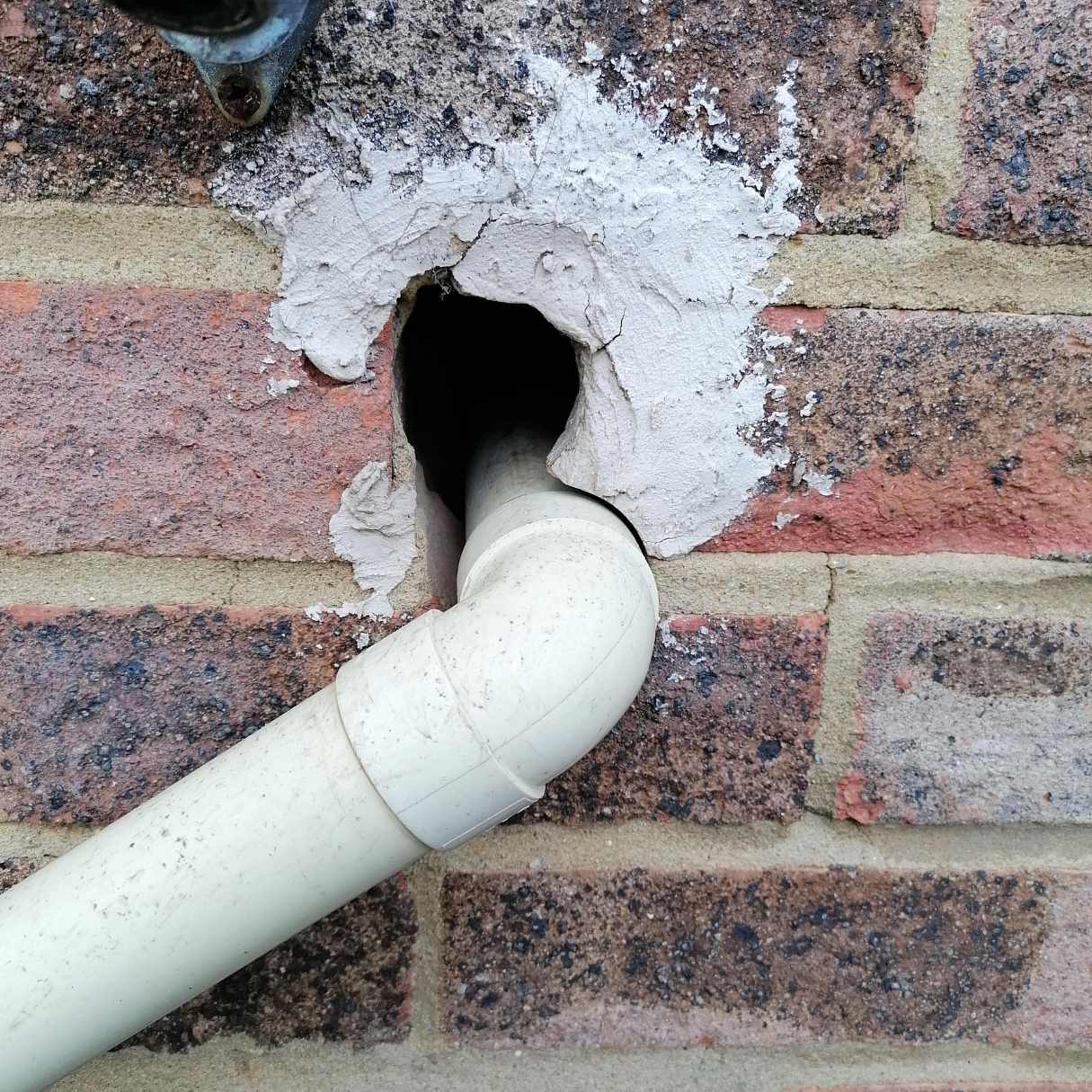
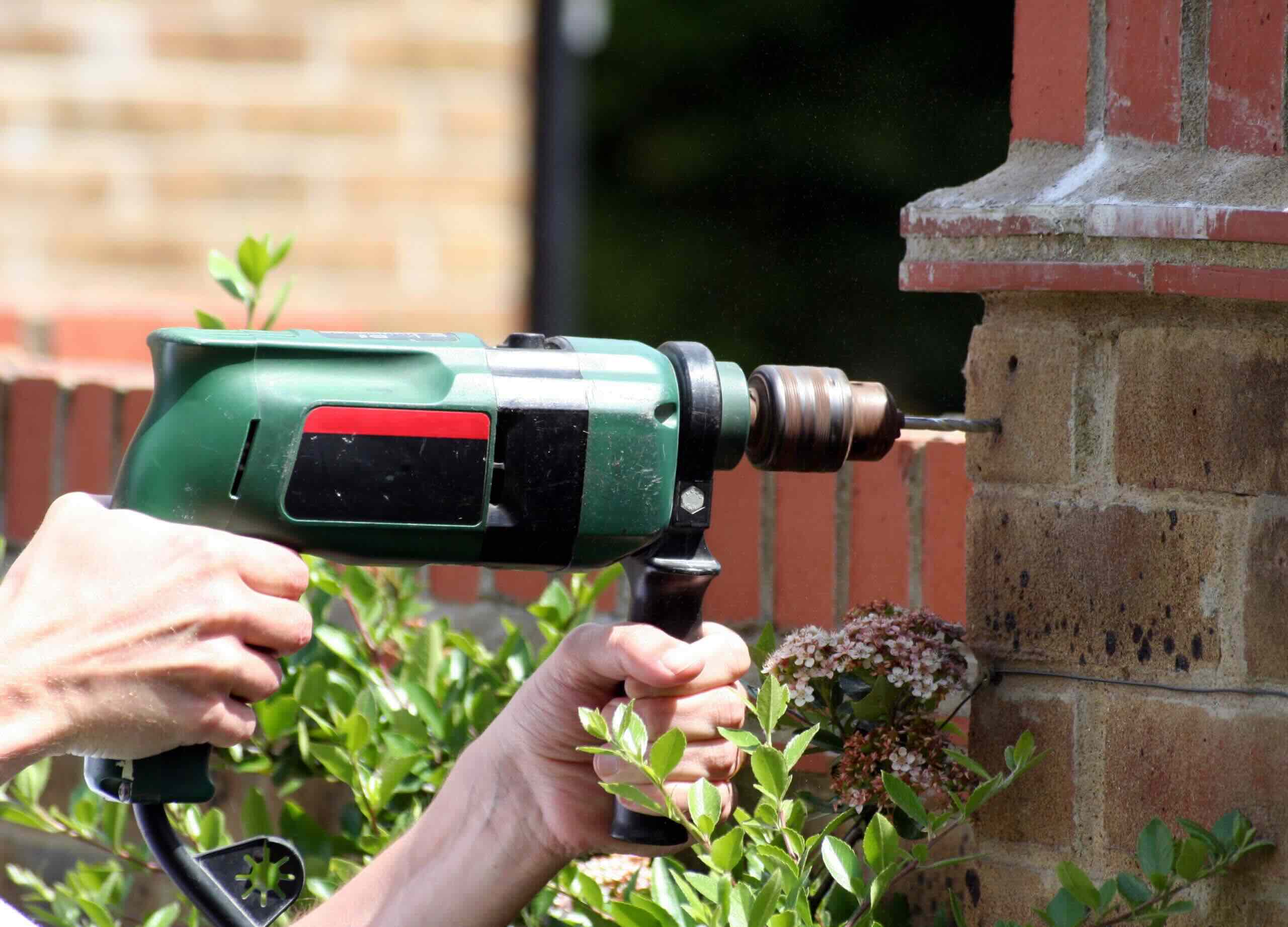
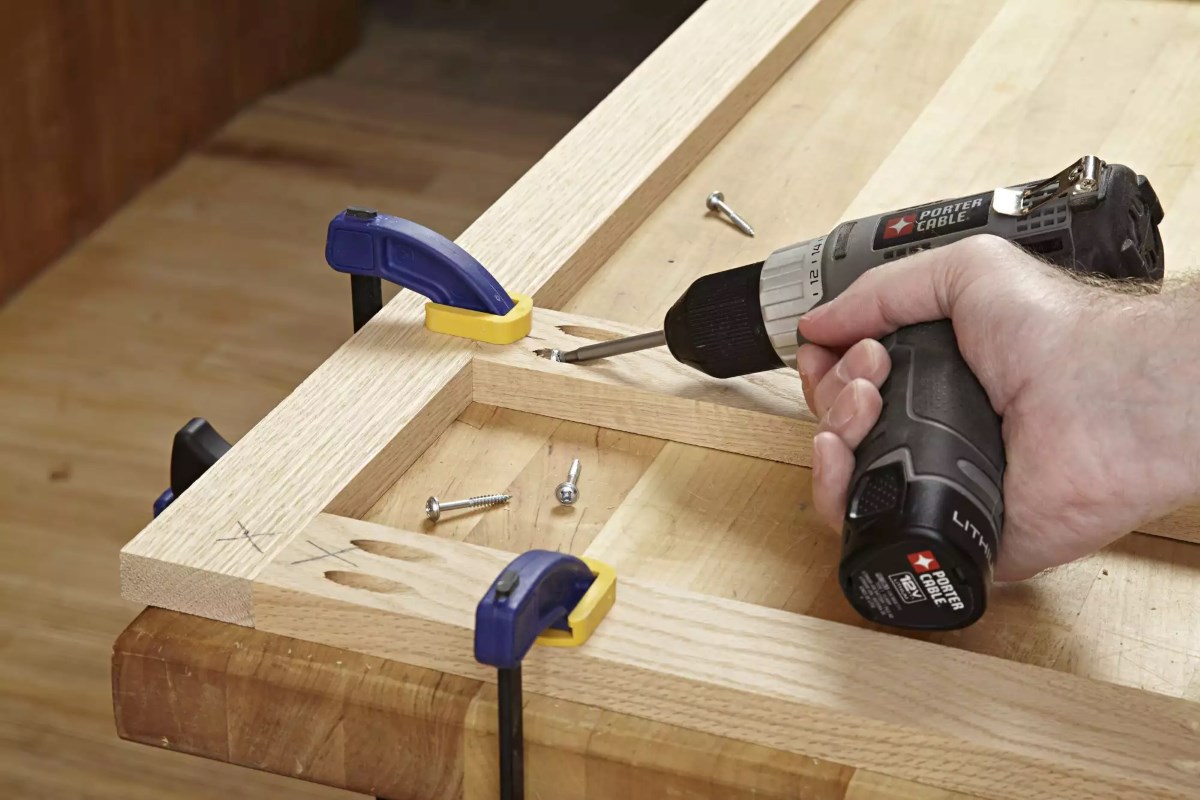
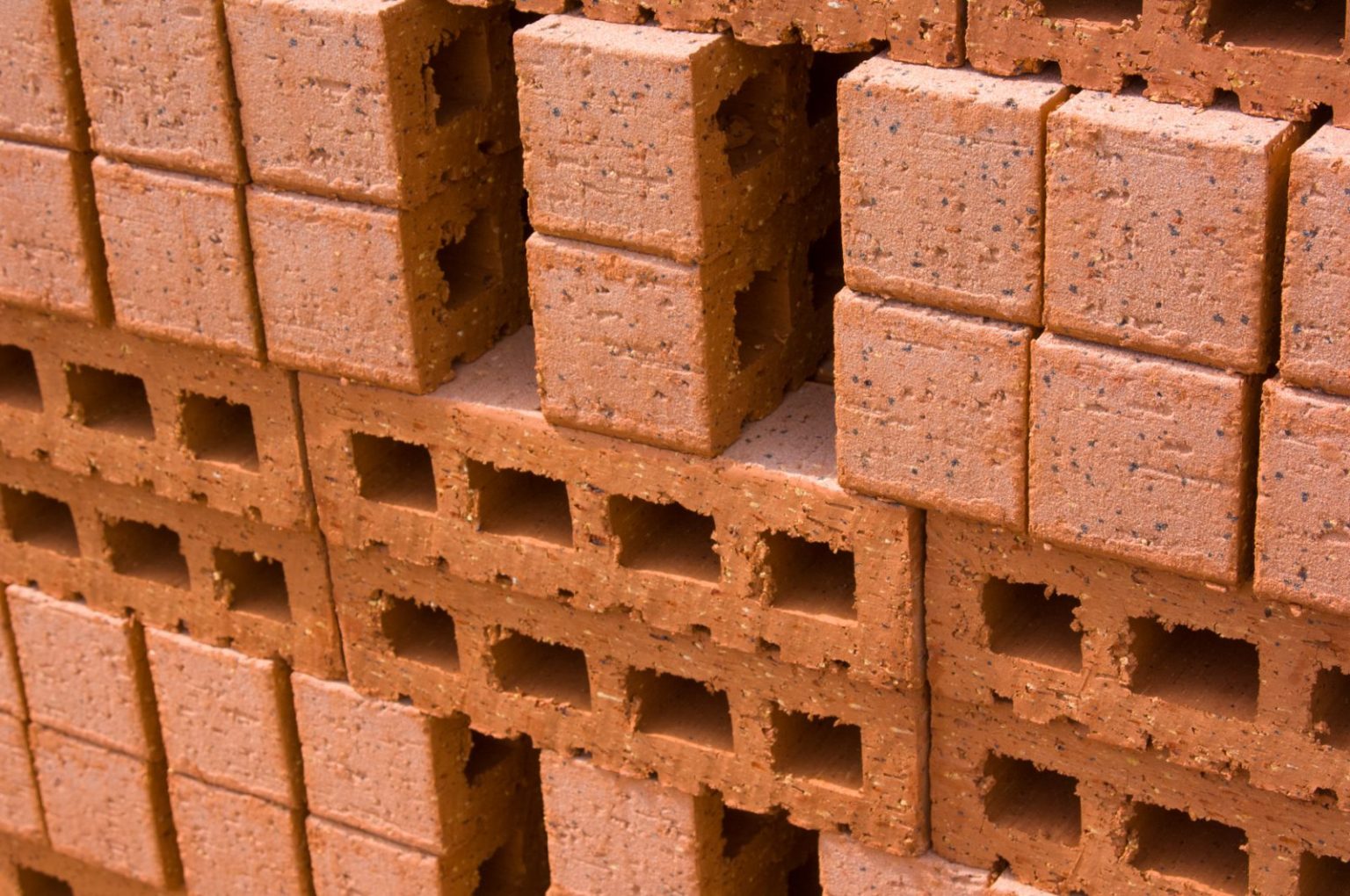
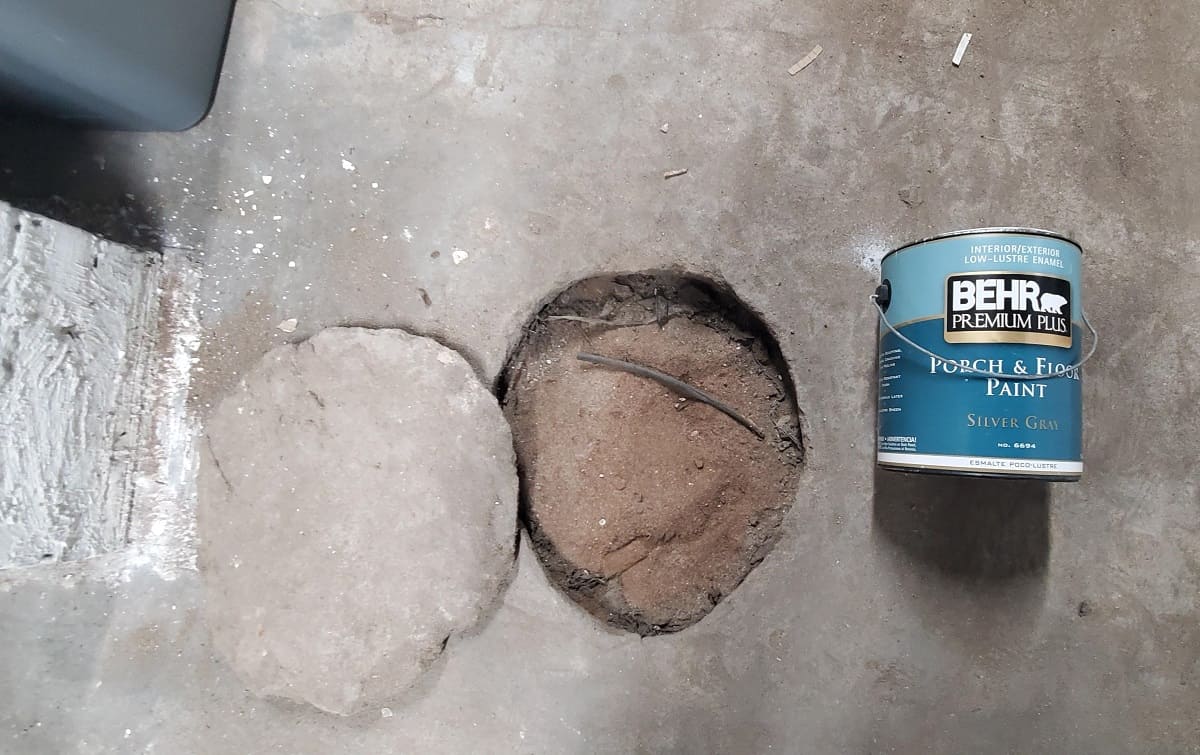
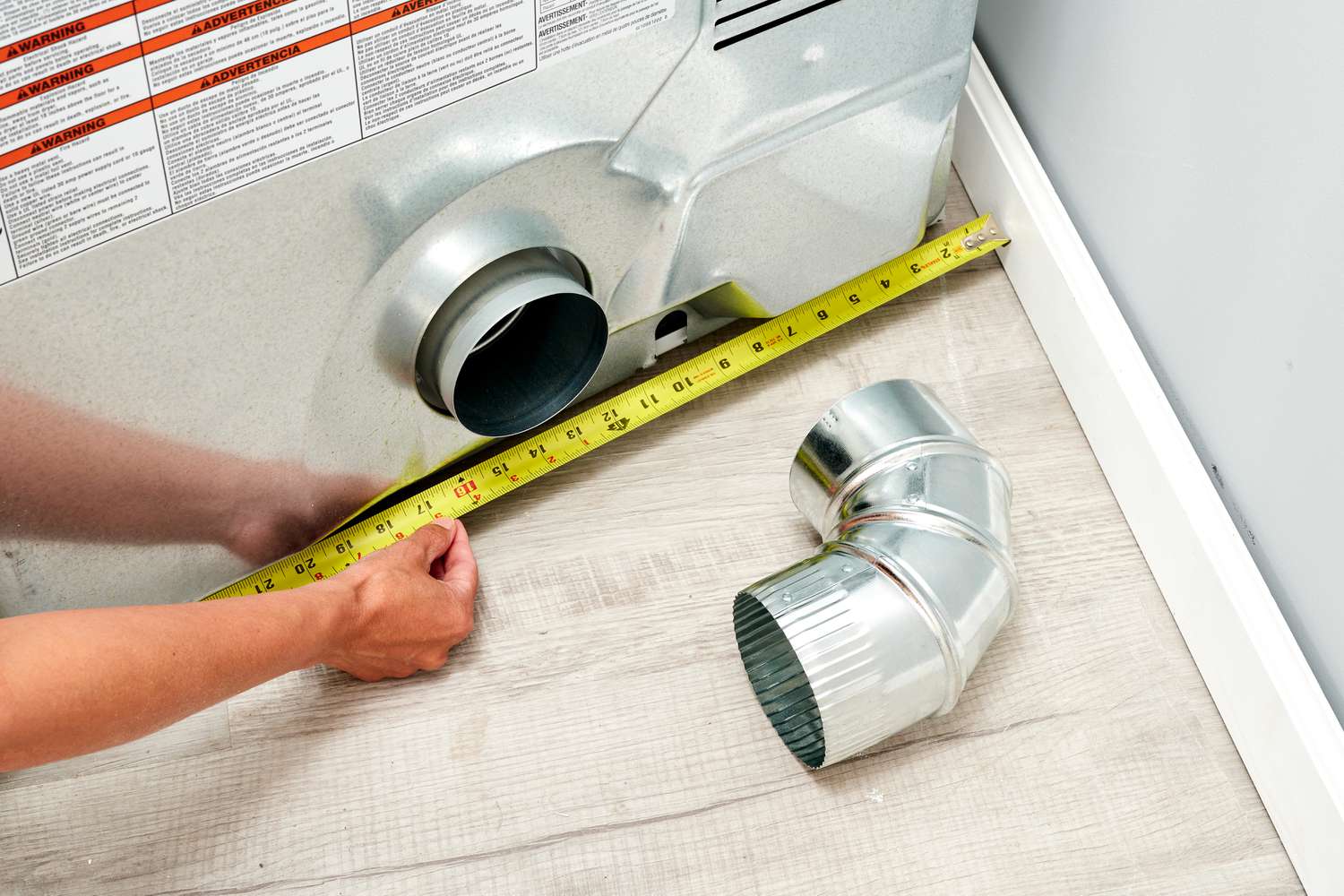
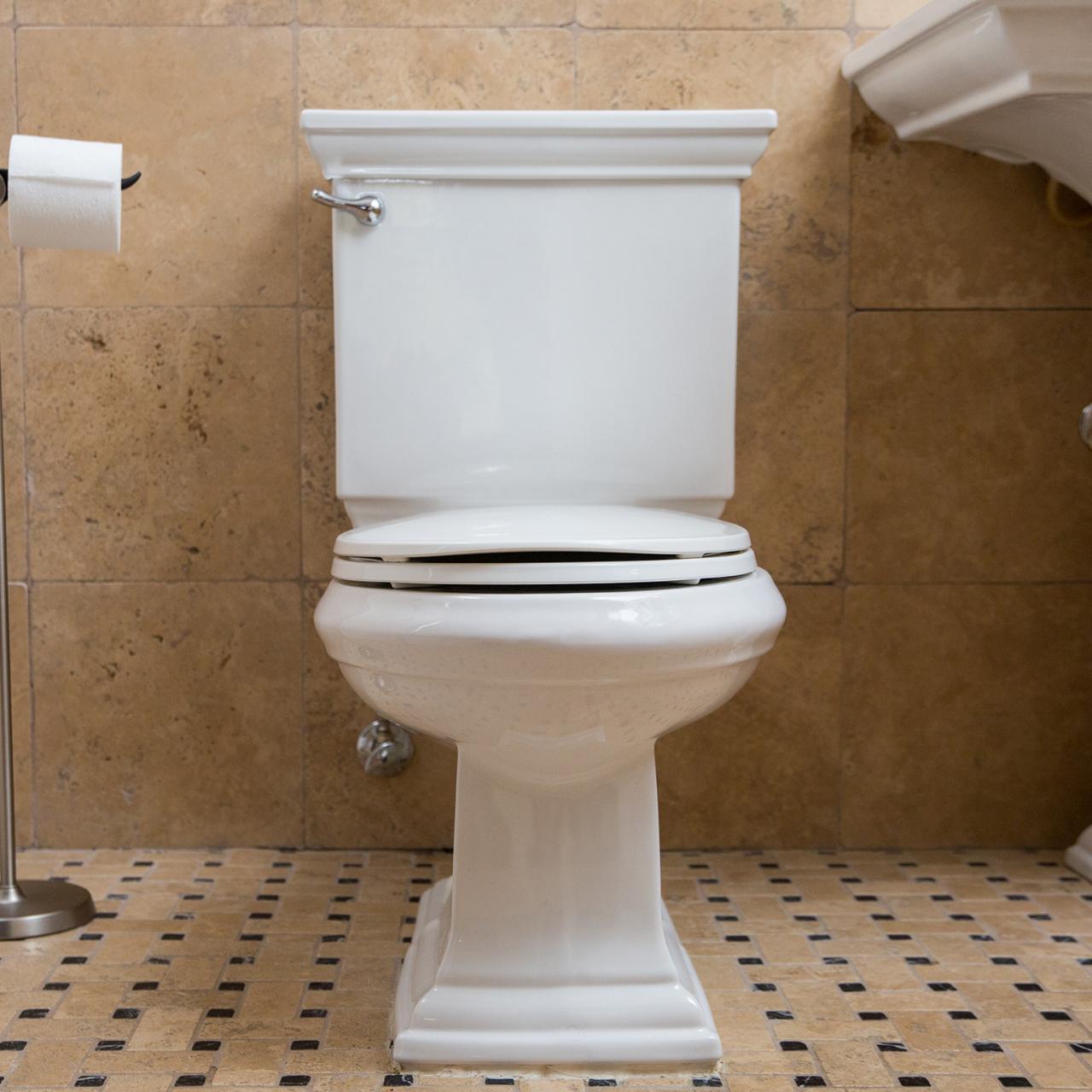
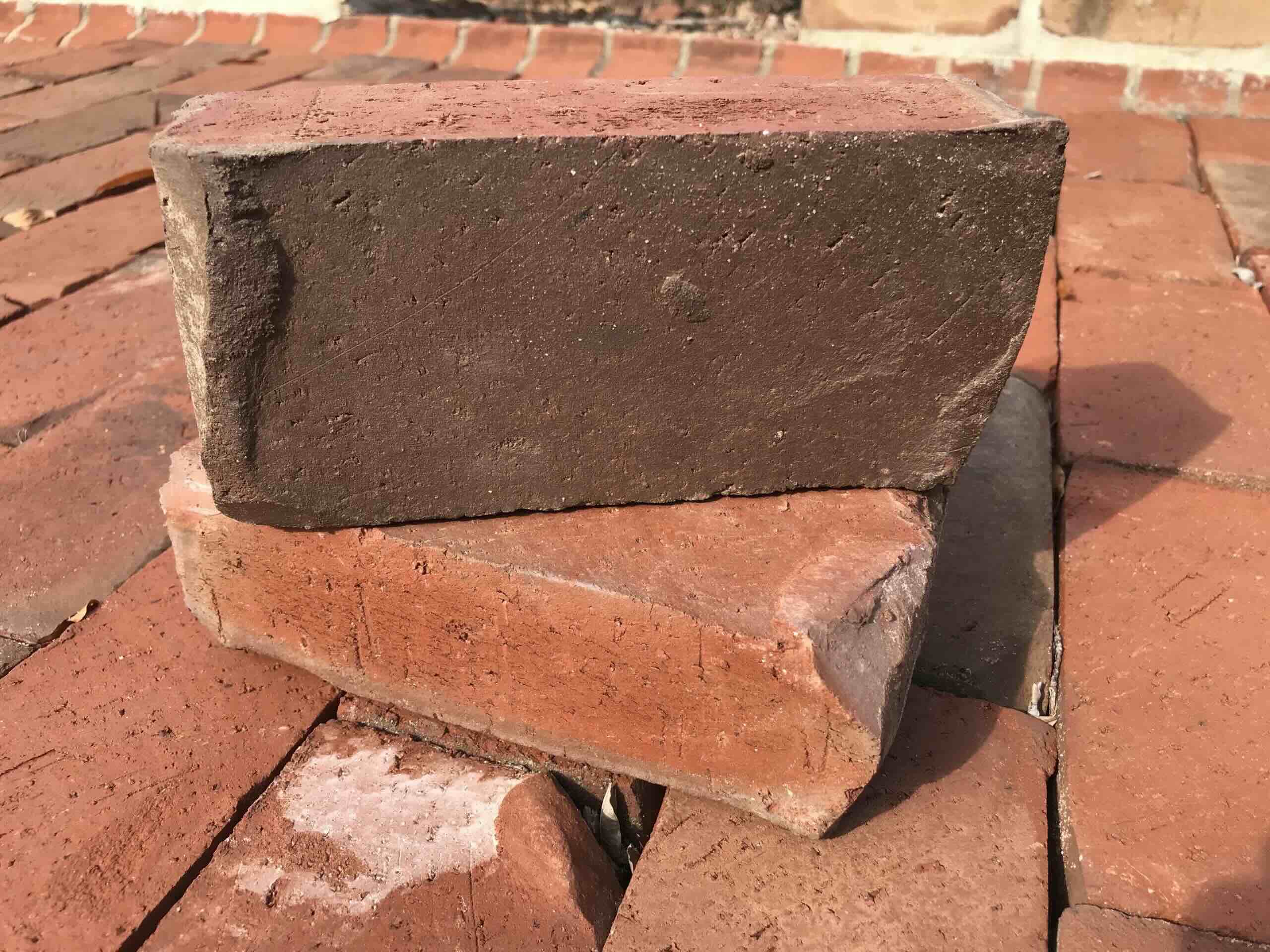
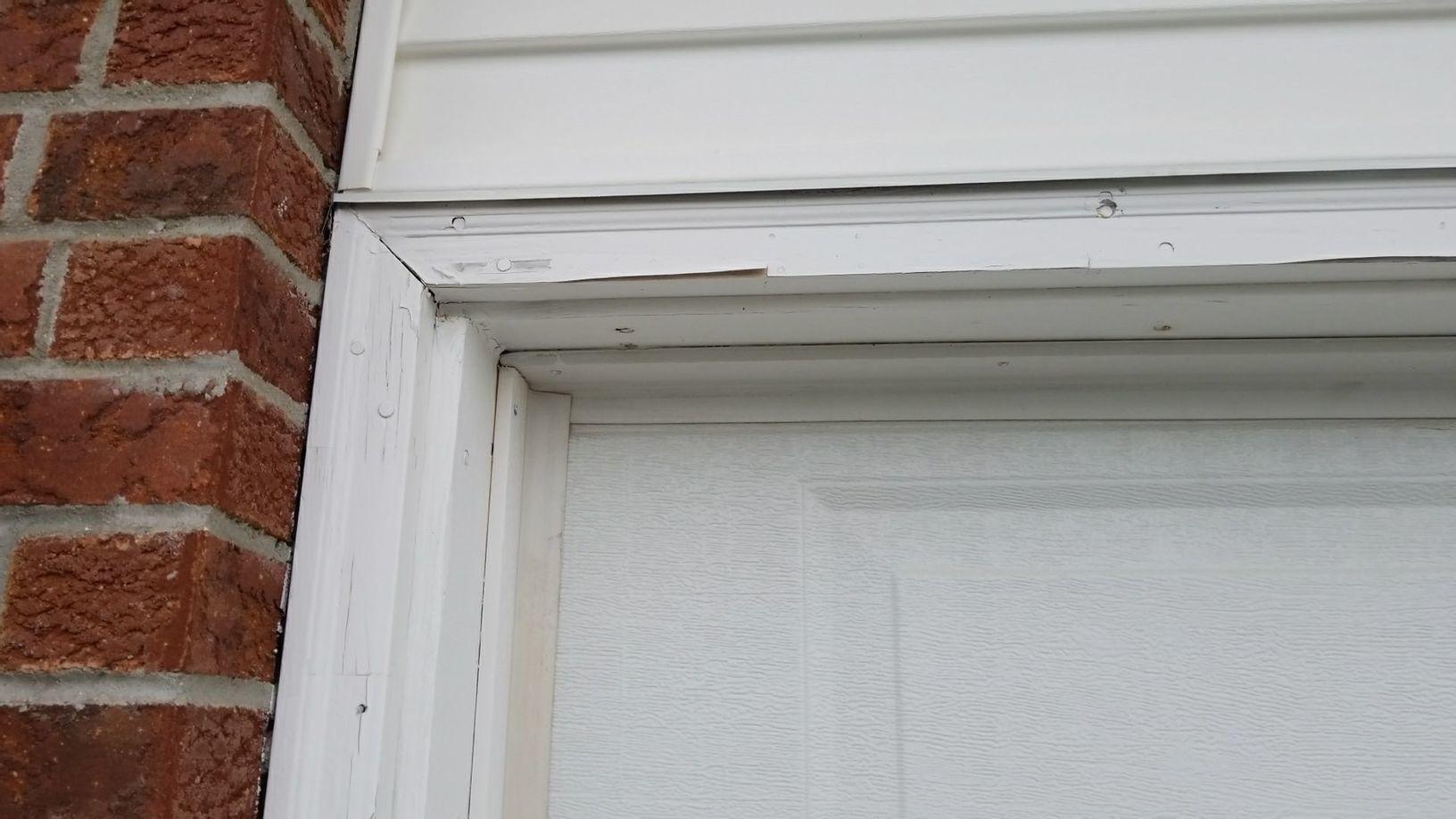
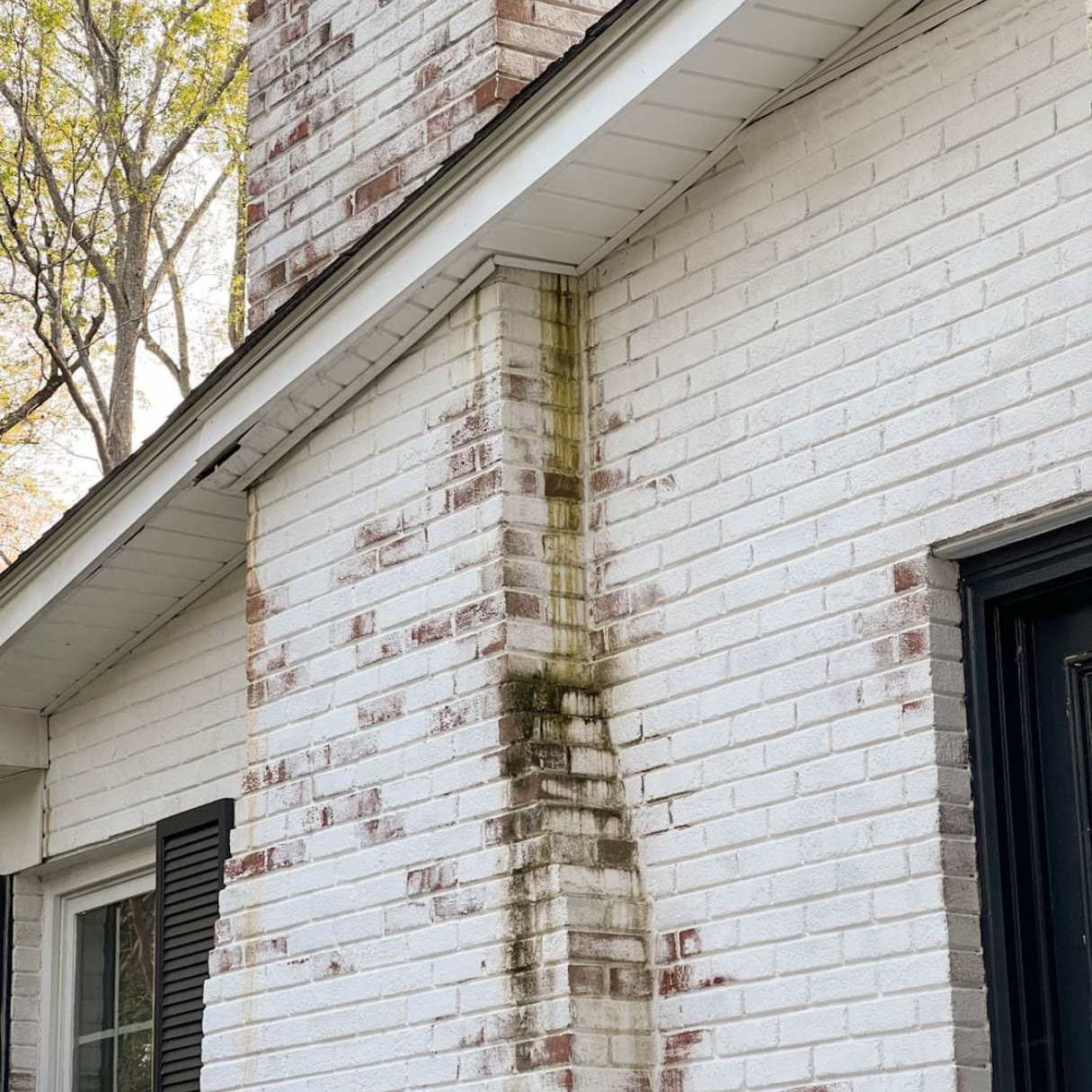
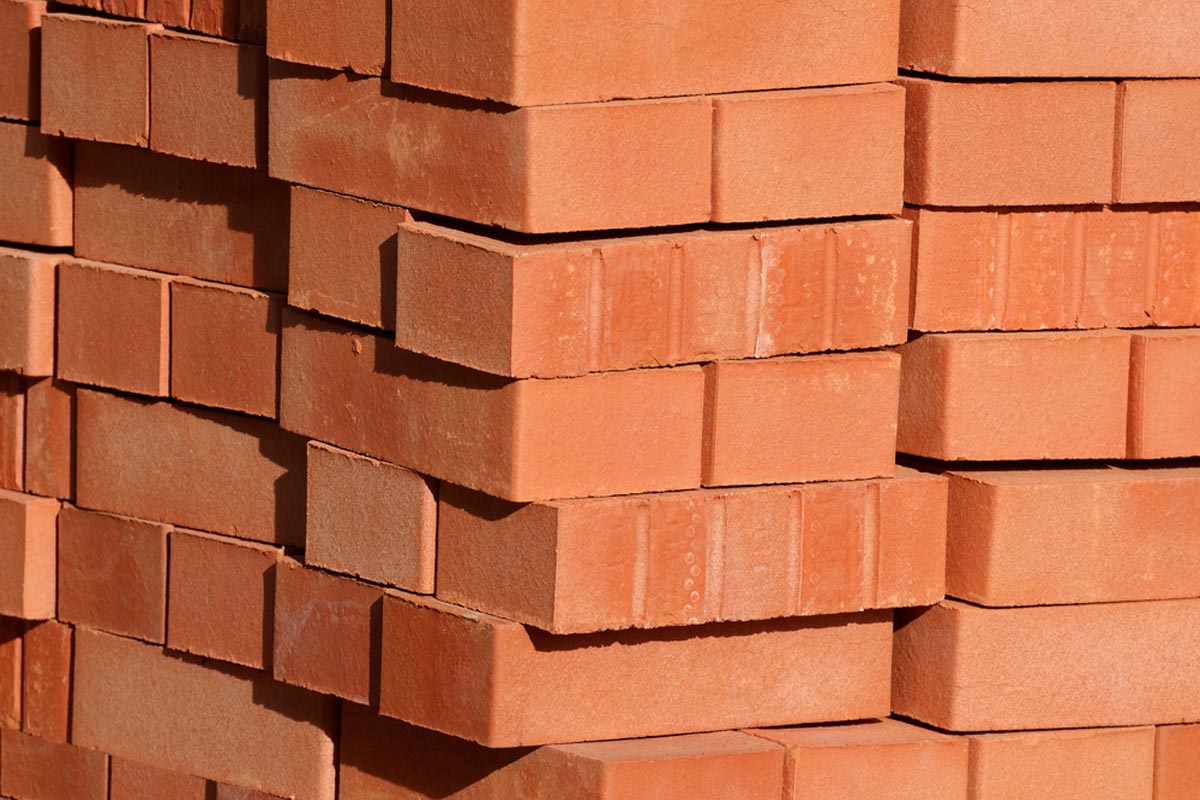
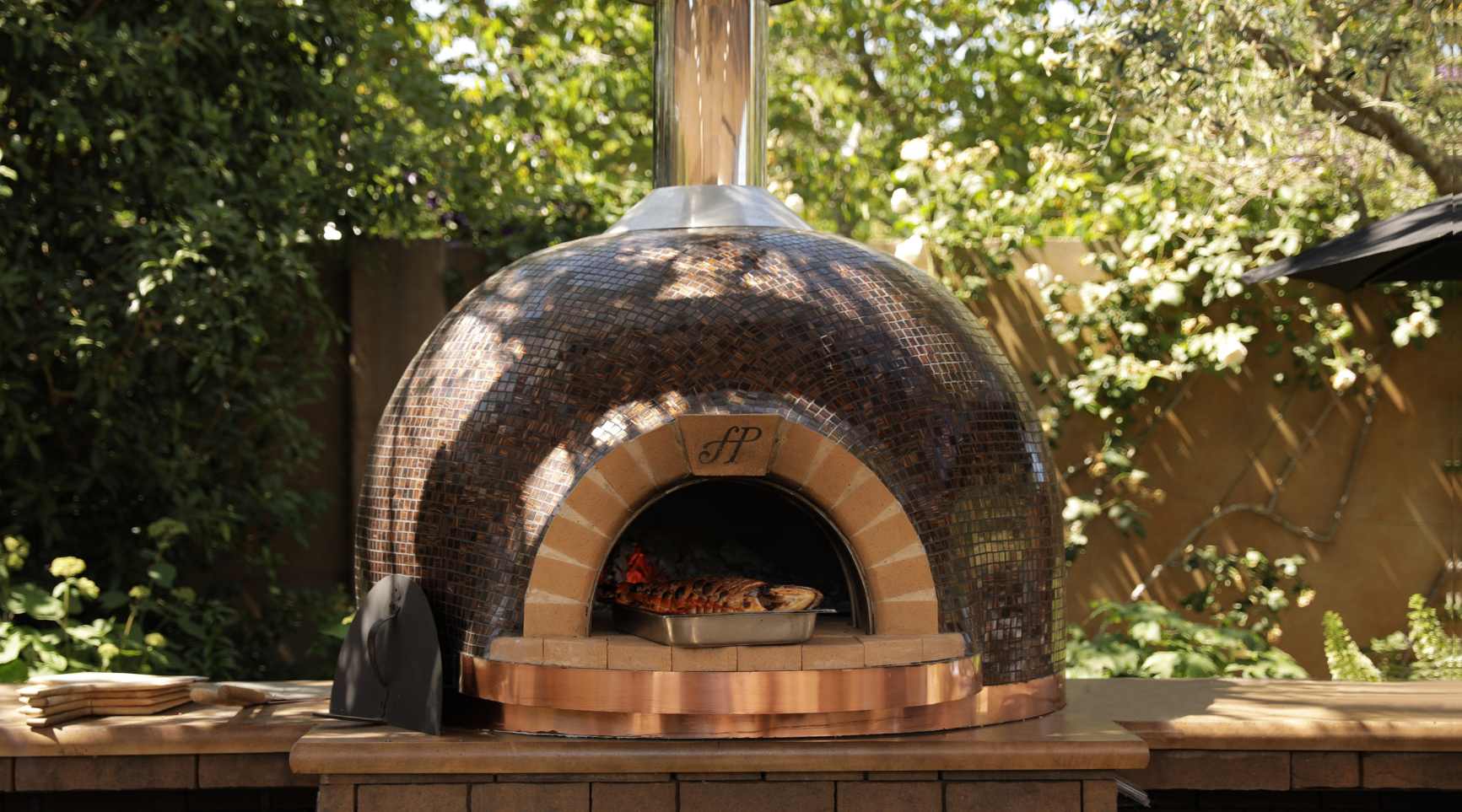
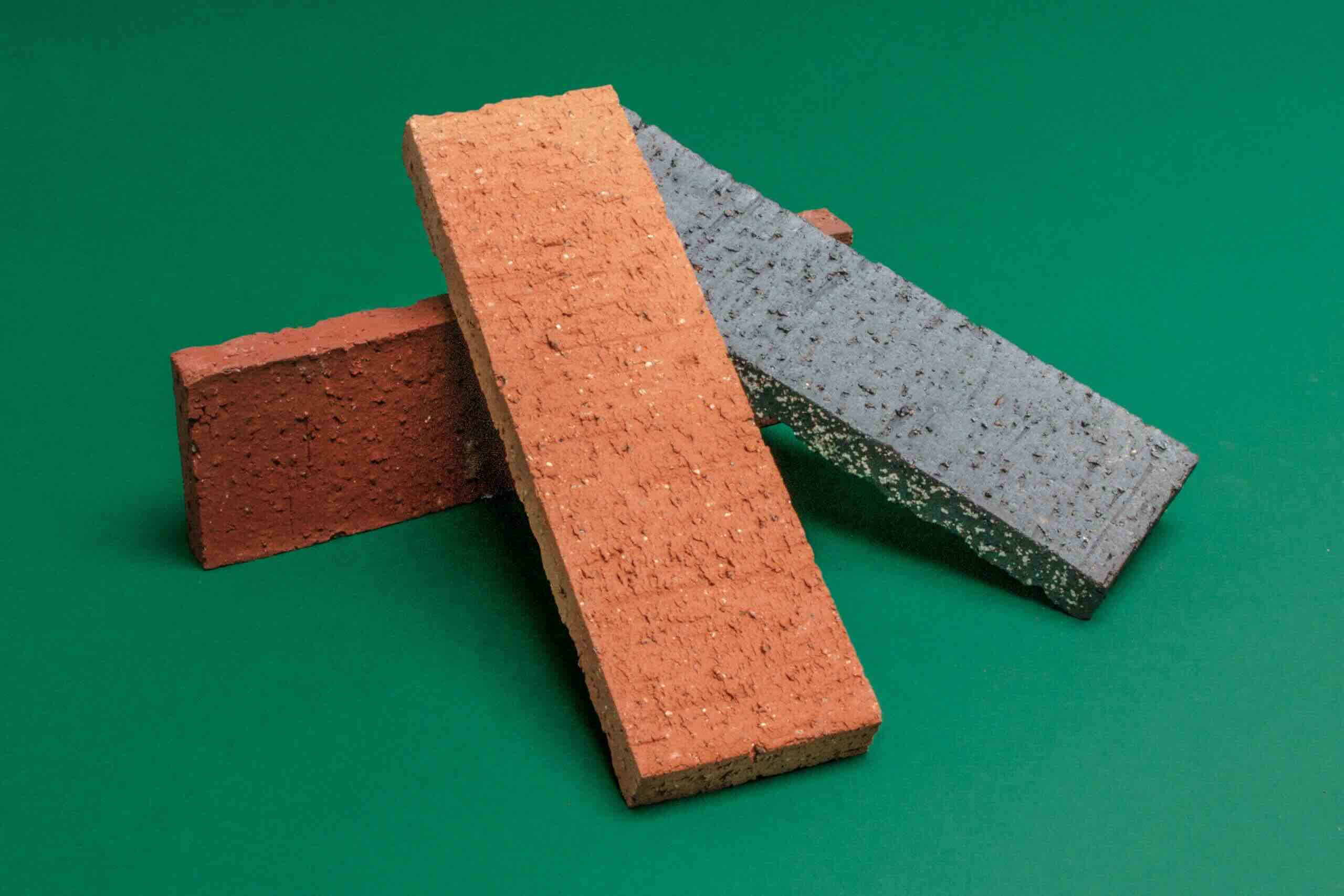
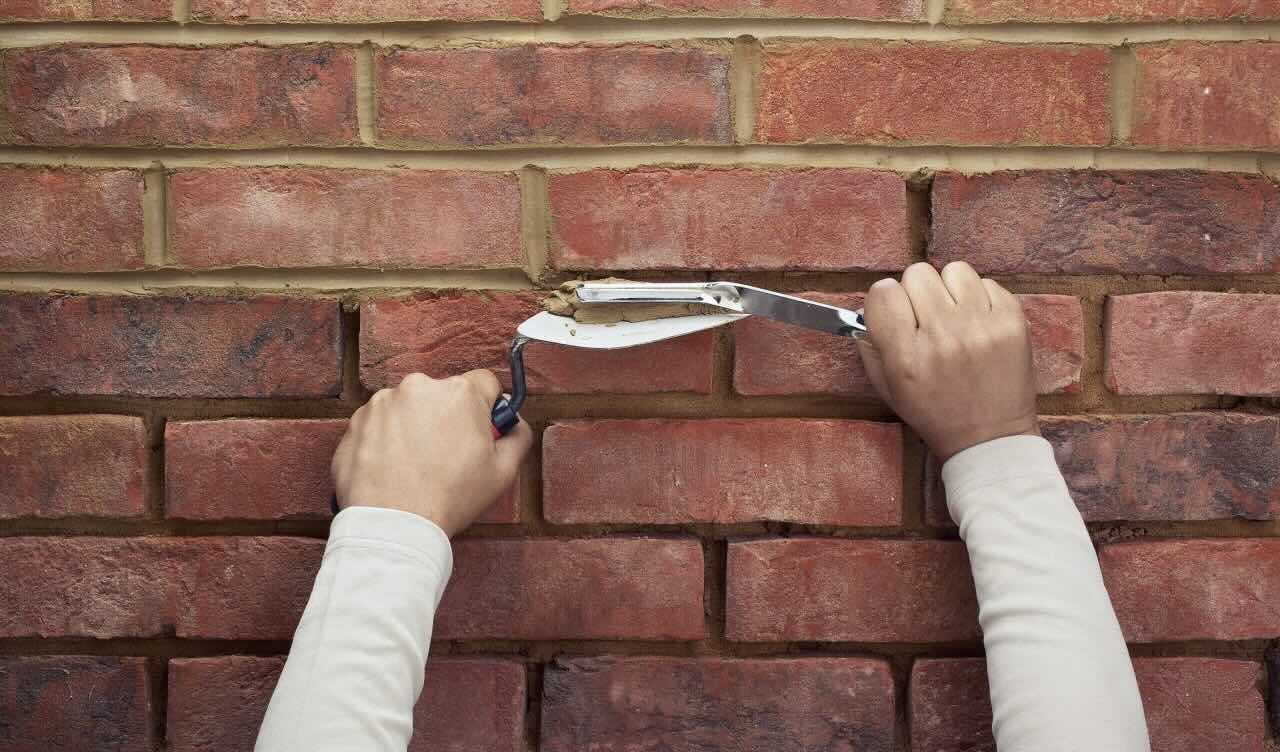

0 thoughts on “What Are Weep Holes In Brick For”